|
Contribution of the Liège University to EuroPreArt (Culture 2000) Laurence Remacle - Liège University
The research carried out by the Service of Prehistory of the University of Liège in the context of the European project EuroPreArt focuses on Palaeolithic parietal art in France. The theme was defined on the basis of current research by members of the Service, as well as on the accessibility and volume of documentation to be examined in the period allocated. The lack of rupestre or parietal art in Belgium and the existence of a computer database of recent information concerning Palaeolithic art in Spain justify the geographic limits of the subject to France, where the number of Palaeolithic decorated caves totals around 150 sites. Many of these sites have long been known and were the focus of early excavations; others, in contrast, are very recent discoveries, such as Chauvet (Ardèche), Cosquer (Marseille) or Cussac (Dordogne); still others are sites for which re-analysis, using modern scientific techniques, has yielded new and important elements to the understanding of Palaeolithic art. It thus appeared useful to provide a synthesis of this body of knowledge that would be widely accessible. In our times, the public has become increasingly aware of the importance of this cultural heritage, via press releases published on the occasion of discoveries, sometimes spectacular, such as that of Chauvet in 1994, by the increase in the number of popular publications, and by the development of cultural tourism. Palaeolithic cave art constitutes a particular case in this regard, where the inevitable scientific demands of conservation invariably come up against the legitimate curiosity of visitors and the perspectives of tourist exploitation. The frustration that ensues has the single result of increasing incomprehension, at the risk of poisoning relations between the two groups. It is, however, the responsibility of scientists to communicate the richness of this heritage to the public: awareness of the extreme fragility of prehistoric parietal art and the necessity for its preservation for future generations (as much for the general public as for future researchers) must be objectives inseparable from those of "traditional" archaeological research. To this end, the realisation of a database accessible via internet seems to be the most effective method for diffusing such information on a large scale, quality-controlled, and the lowest access-cost possible. The addition of illustrations is an indispensable complement to the appeal of the site itself, together constituting an interesting method of conservation and archiving. The first phase of the project, from November 2000 to October 2001, permitted the potential of the corpus and the practical considerations for realisation of such a database to be "tested" (primarily bibliographic at the beginning). The result was satisfactory, even if some weaknesses were revealed over the course of research. We cite here the common inadequacy or imprecision of published data, the mediocre quality of the illustrations available in such publications, which poorly reflect the quality of prehistoric artistic productions, and finally, the difficulty of access to certain data, confined to early or rare publications. A second phase is to be conceived, to complete the existing data, early or more recent, published or available in the field, and to enlarge the corpus, particularly with respect to mobile art, which would also include Belgian Palaeolithic art.
Address Service de Préhistoire
Project Team
|
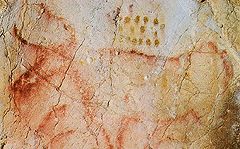 Ardèche, Grotte de la Tête du Lion, Palaeolithic 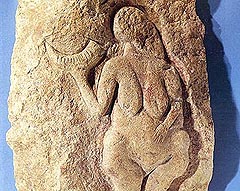 Dordogne, Grand abri de Laussel, Palaeolithic 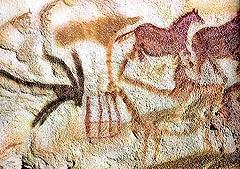 Dordogne, Grotte de Lascaux, Palaeolithic 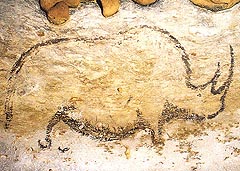 Dordogne, Grotte de Rouffignac, Palaeolithic 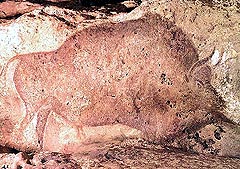 Vallon de Font-de-Gaume, Grotte de Font-de-Gaume, Palaeolithic 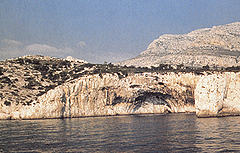 Bouches-du-Rhône, Grotte Cosquer, Palaeolithic
|